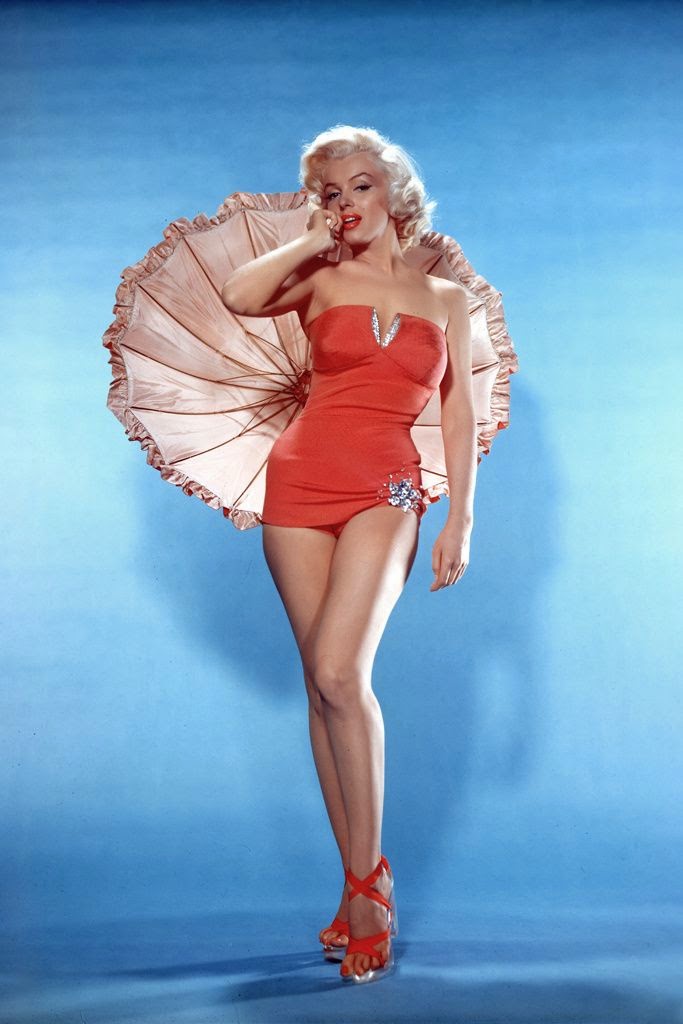The Borrowed Shoes — Death March, 1945
The winter of 1945 was merciless. Snow fell in thick silence, muffling the world, yet for those caught in the infamous death marches of the Holocaust, there was no silence—only the crunch of boots against ice, the bark of guards, and the sound of human suffering carried across frozen fields.
Thousands of prisoners, skeletal from starvation and exhaustion, were forced to march westward as the Nazis evacuated concentration camps ahead of the advancing Allied armies. They trudged barefoot, half-clothed, or wearing rags, each step a brutal negotiation between survival and surrender.
It was within this endless column of the condemned that one man’s shoes finally gave way. The leather cracked, the soles split open, and his bare feet pressed into the frozen ground. Each step tore at his skin, leaving streaks of blood against the snow. He knew what this meant. Without shoes, he would not survive another mile.
And yet, amid this march of despair, humanity revealed itself in the most unexpected of ways.
Beside him marched another prisoner, equally gaunt, equally exhausted, yet still watching. He saw the man falter, saw the raw flesh of his feet sink into the ice, and he understood. In the death marches, there were no second chances. The guards did not hesitate to shoot those who could not keep pace. A broken shoe could mean a death sentence.
Without hesitation, this fellow prisoner bent down in the snow. His breath formed clouds in the freezing air as he tugged at the laces of his own boots. With trembling hands, he pulled them free and pressed them into the other man’s hands.
“Take them,” he whispered.
The gesture was almost impossible to comprehend. To give away shoes in such conditions was to give away life itself. Yet he did it. He stepped back into the snow, barefoot, the cold biting instantly into his skin.
The man with the borrowed shoes slipped them on, feeling warmth and protection return to his shattered feet. He stumbled forward again, forced on by guards shouting behind them. He walked, step after painful step, wearing not only shoes but the sacrifice of another man.
The death marches of 1945 were among the most harrowing chapters of Holocaust history. As the Soviet army advanced, Nazi forces evacuated tens of thousands of prisoners from camps like Auschwitz, Stutthof, and Dachau, forcing them on long treks through winter landscapes with little food, inadequate clothing, and constant brutality.
Historians estimate that tens of thousands perished—shot for collapsing, frozen by exposure, or starved along the way. Survivors would later testify that the marches were not only physical ordeals but spiritual crucibles, testing the very limits of human endurance.
The man who wore the borrowed shoes survived. He lived through the march, step after agonizing step. But the giver, the man who walked barefoot into the snow, did not. He fell behind, his footprints fading quickly into the endless white, claimed by the cold and by history’s silence.
And yet, his sacrifice did not vanish. It continued to walk through life with the man he had saved.
Years later, when recounting his survival, the man said:
“I walked into life wearing the shoes of a man who gave me his own. Every step I take is also his.”
Shoes have always been deeply symbolic in Holocaust testimony. In Auschwitz, the mountains of confiscated shoes remain one of the most haunting exhibits—silent witnesses to millions of erased journeys. Each shoe belonged to someone who once walked, lived, and dreamed.
But in the story of the death march, the borrowed shoes became something more than relics of loss. They became symbols of human resilience, of solidarity in the face of annihilation. In the act of giving away his shoes, the barefoot prisoner left behind not an artifact, but a living testament to compassion.
In Holocaust history, such gestures remind us that survival was never just about the body. It was about the spirit—the refusal to surrender humanity, even when stripped of everything.
Psychologists studying survival during World War II often point to moments of altruism as paradoxical. Why would a starving prisoner share bread? Why would a dying man give away his coat or shoes?
The answer lies in the human need for meaning. In a world where everything was taken, acts of giving became acts of defiance. To choose selflessness in the face of certain death was to reclaim control over one’s story. The man who gave away his shoes ensured that even in dying, he did not die in vain. His life was written into the survival of another.
Holocaust survivor stories often highlight such paradoxes: the smallest acts of humanity shining brightest against the darkest backdrop. The borrowed shoes are not only about survival—they are about the choice to define one’s last moments with dignity and love.
When people think of the Holocaust, they often picture Auschwitz, the gas chambers, or the ghettos. But the death marches remain one of its most overlooked horrors.
In January 1945, as Soviet forces closed in, nearly 60,000 prisoners were evacuated from Auschwitz alone. They were marched westward in freezing temperatures, with minimal food and shelter. Thousands collapsed and died along the way. Similar marches took place from other camps, leaving trails of bodies across Europe’s winter fields.
Survivors recall the bitter cold, the endless roads, and the constant fear of falling behind. For many, the death march was worse than the camps—because it was a slow, grinding death stretched across miles, where hope dwindled step by step.
And yet, even there, humanity surfaced. A piece of bread shared. A whispered prayer. A pair of shoes given away.
The survivor who wore the borrowed shoes lived to tell his story. In interviews decades later, he would emphasize not his own endurance, but the sacrifice of the man who saved him.
“I cannot walk without remembering,” he said. “Each step I take is in borrowed shoes. Each step belongs also to him.”
His words remind us that survival is never solitary. Behind every life saved, there are untold sacrifices—people who gave their strength, their food, their warmth, even their lives. The Holocaust is not only a story of death—it is also a story of the countless ways humanity fought to survive, even in giving itself away.
Today, the borrowed shoes stand as a symbol for all of us: a reminder that every step we take in freedom is a step taken for those who could not.
In our modern world, far removed from the frozen roads of 1945, it is easy to see this as just a historical anecdote. But the borrowed shoes carry lessons that remain deeply relevant.
They remind us that true resilience is shared. That compassion is not weakness but strength. That the survival of one life can carry the legacy of another.
At a time when divisions, violence, and indifference still scar humanity, the story of the borrowed shoes calls us to remember the power of sacrifice. To choose kindness even when it costs us. To see that every step we take today can be an act of remembrance.
In the winter of 1945, amid the brutal death marches, one man gave his shoes to another. He stepped barefoot into the snow, knowing the cost, yet choosing to save another’s life.
The man with the borrowed shoes survived. He carried the story forward, ensuring that the sacrifice was never forgotten.
“I walked into life wearing the shoes of a man who gave me his own. Every step I take is also his.”
And so it remains. Every time we walk in freedom, we walk in the memory of those who gave their last steps for others. The footprints may fade in the snow, but the legacy of borrowed shoes will never fade from history.






